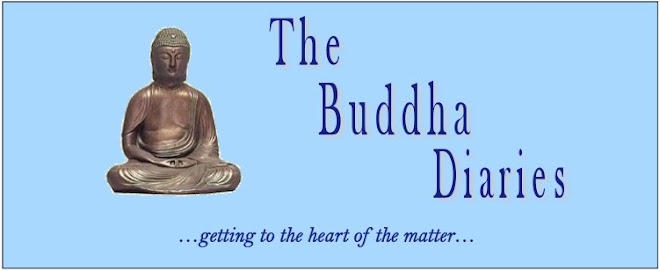Even this oversimplified nutshell version suggests the
depth, perhaps even the danger of this challenge. You’d think that it requires years
of immersion in the study of Buddhist teachings (the dharma) and more years of retreat
with distinguished gurus and of personal meditation practice. But Lama Palden
Drolma (who, not incidentally, brings all this experience to her book on the
subject) is persuasive in suggesting that even a lay person can be taught. In Love
on Every Breath: Tonglen Meditation for Transforming Pain into Joy she walks
the reader through eight progressive steps to learn the practice.
Those steps lead us through “Resting in Open Awareness”—what
I think of as the “big sky” mind—and “Seeking Refuge in the Awakened Sanctuary”
of the Triple Gem—the Buddha, the dharma and the noble sangha—to “Cultivating Awakened
Mind” and “Stepping into Love.” These carefully detailed initial steps are
critical preparation in making the essential connection with the heart and opening
it for the real work ahead: the “Taking and Sending” first, importantly, for
oneself, and only then for others. The practice concludes with “Dissolving”—a necessary
letting go after the intensity of the experience—and “Dedicating” its benefits “to
the happiness and liberation of all beings.”
Readers should make no mistake: tonglen is no easy path,
as I can attest, as one who has made the effort to follow it in the past. It is
serious business for both mind and heart to consciously breathe in, with intention,
so much suffering. So it’s important to note that Lama Palden writes with the love, the depth of seriousness and the respect that both her subject and her reader require. To
read her deeply caring, patient and thorough instruction manual requires every
ounce of the rapt attention she so lovingly describes in her early pages. To
read the book as it demands to be read also requires the exercise of each “complete
meditation” practice the author outlines at the conclusion of her discussion of
each step along the way. (The “on-the-spot” meditation she offers as an
alternative in the stress of quotidian events is useful, but is practicable only, in my view, after
the reader has experienced the complete version).
This is a rewarding book for the attentive and committed
reader who wants to heal the world as well as him- or herself. With so much
suffering everywhere we look, it is also a timely one. Would that this depth of
compassion which, as Lama Palden is at pains to point out, can be found in
every human heart, were more common currency. This world would be a
better place indeed.






No comments:
Post a Comment